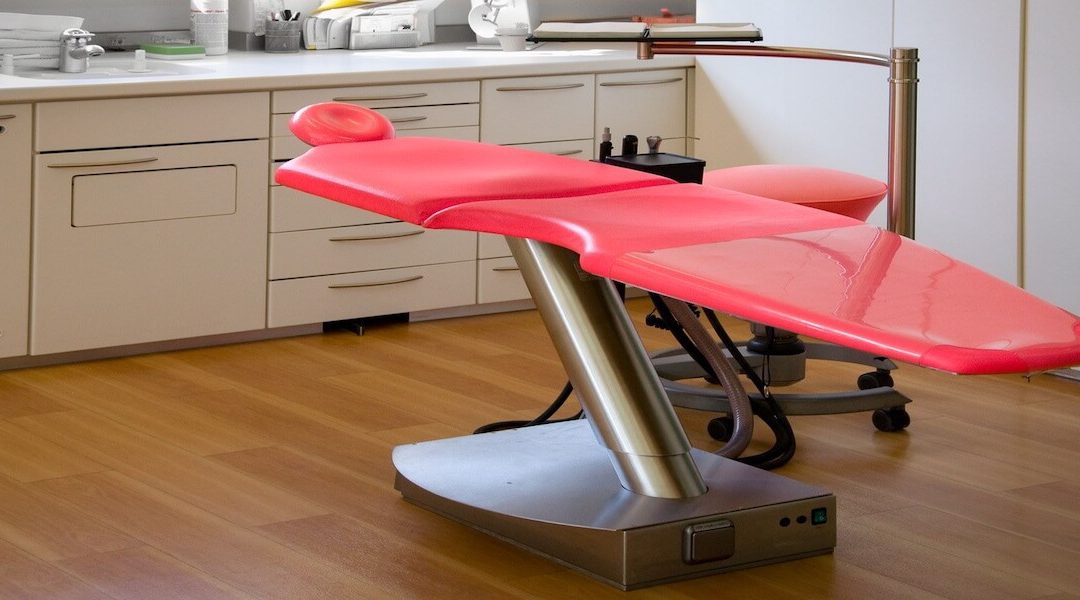By Sally McKenzie, CEO of McKenzie Management
If your practice struggled in 2016, you don’t have to suffer the same fate in the new year. With a few changes, you can turn your hurting practice into a thriving practice, even if you feel overwhelmed and you aren’t sure where to start.
I’ve put together a few tips to help get you back on the right path. Making some or all of these changes will help you improve productivity and grow your patient base in 2017 and beyond. Ready to get started?
Here are my six tips for success in the New Year.
1. Fix your schedule—Your schedule shouldn’t be a source of stress. It should be a well-oiled machine that keeps you on track to meet daily production goals. Is this not the case at your practice? I can help you fix it.
First, make sure only one person handles scheduling. Too many hands in the schedule leads to confusion. Train your scheduling coordinator to schedule you and all producers to meet daily production goals, not schedule to keep you busy. Not only will this make your schedule less stressful, it will also help you grow production numbers and your bottom line.
I suggest you and your dental assistant communicate with your scheduling coordinator about procedure times. Don’t make the coordinator guess and leave him or her to fill in 30-minute appointment times here and 90-minute appointment times there. This will send your schedule out of whack and either keep you running behind all day, or trying to fill in large gaps in your schedule.
Speaking of gaps, developing a plan to help you quickly fill broken appointments will help relieve the stress caused by cancellations and no-shows. It will also keep you on track to meet production goals, even when patients cancel at the last minute.
2. Make the right hiring decisions—Most dentists hate the thought of hiring new employees, so they hire the first person who comes along with an impressive resume. The problem is, if the person isn’t right for the job, it will cost you thousands of dollars and lead to extra stress for you and your team members. Develop a protocol to ensure you hire employees with the right skills and temperament to excel at their job and help you meet practice goals.
3. Set up your team members for success—Unfortunately, hiring the best candidates won’t do you much good if you don’t give them proper guidance. This guidance should come in the form of detailed job descriptions, training, and clear performance measurements. Let team members know exactly what your expectations are, who’s responsible for which tasks, and how they can earn raises. This will motivate them to meet and exceed your expectations, boosting productivity and your bottom line.
4. Improve the patient experience—Patients want to feel a connection to their dental home. They want to know you and your team members care about their well-being and are committed to providing the best care possible. How can you show them you care? Focus on customer service. Make sure patients are greeted with a welcoming smile, and that team members do what they can to make patients as comfortable as possible.
Call patients the evening after an invasive procedure to see how they’re doing. Invest in the best equipment possible, and educate patients about the services you provide and how you can help them reach and maintain optimal oral health. Take the time to build a rapport by asking patients about their families or their work. This will help them feel a connection with you, and once they do, they’ll become loyal patients who accept treatment and who refer.
5. Focus on recall—This often-ignored system is key to building production numbers and growing your bottom line. Task a team member with reaching out to a set number of past due patients every day and getting those patients back on the schedule. Trust me, this will help improve patient retention numbers and practice productivity.
6. Get more patients to say yes to treatment—If you want to increase case acceptance in 2017, consider hiring a treatment coordinator. This team member should present treatment for all producers in the practice, taking the time to go over every detail with patients from what they can expect during the procedure to how much it will cost. This will give patients the chance to ask questions in a private, quiet environment without feeling rushed.
Following up with patients after the initial presentation, focusing on education, and offering third party financing options will also help increase case acceptance, and your bottom line.


